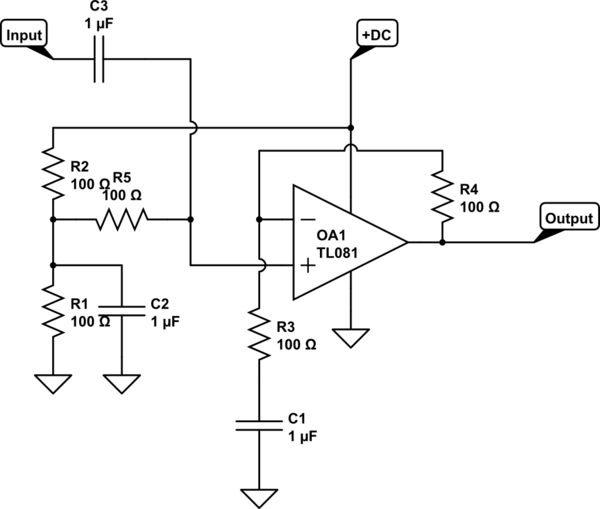
I have a circuit similar to this. I’m trying to lower my noise under 60 Hz. Using pspice I keep finding that I need a very large resistor for R5, like 50 gigs but in practice this is not giving me the low noise I expect. My C3 is fixed at 150 pF. I’m guessing C3 and R5 are forming a low pass filter and that’s why I need a huge resistor, but I made the dc bias current really clean. And actually it’s going through a buffer. There shouldn’t be anything to filter. Why do I need such a big resistor and shouldn’t a big resistor be adding a lot of thermal noise. I don’t know why it’s not working.
Thanks
